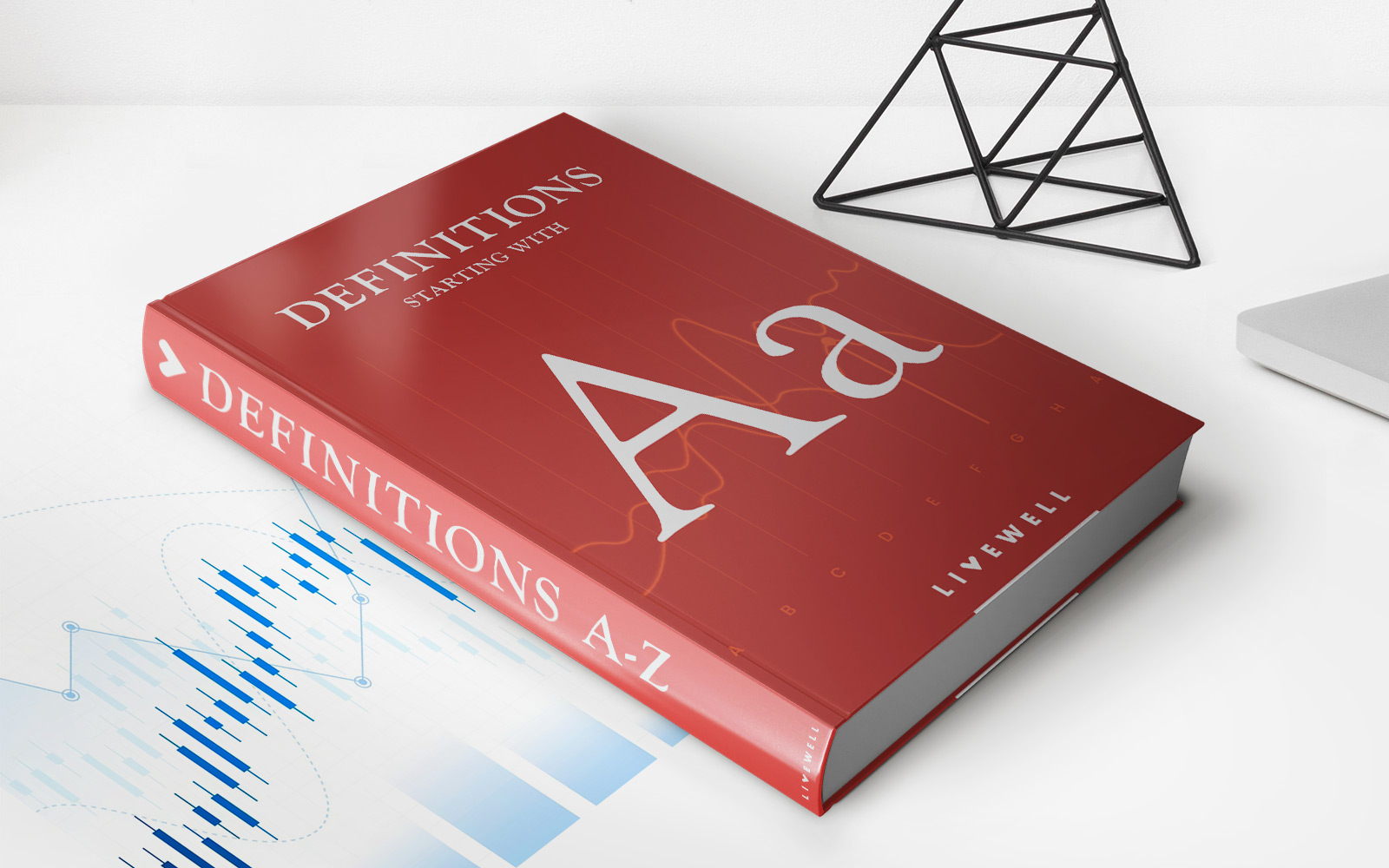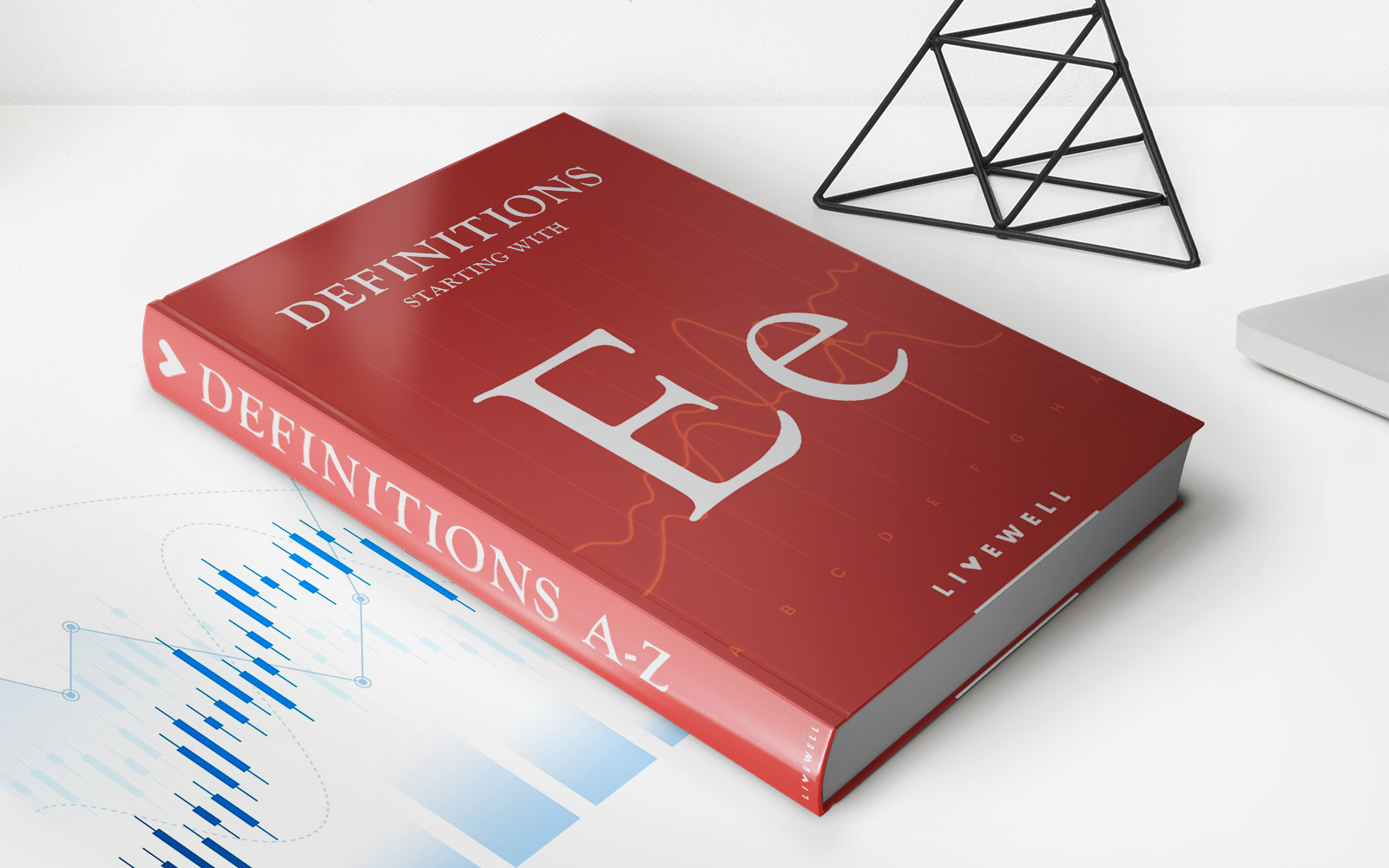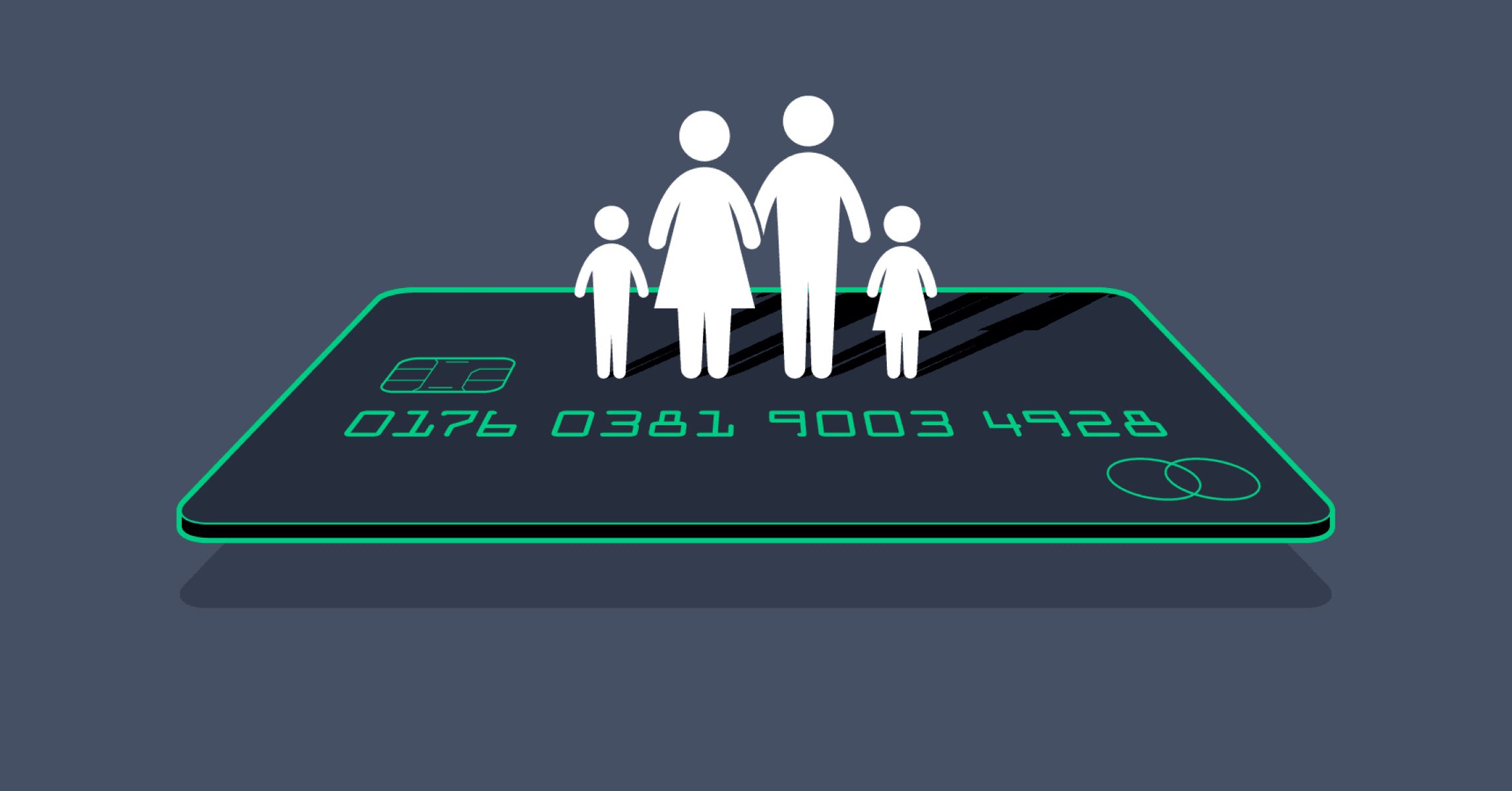Home>Finance>Other Current Assets (OCA) Definition And Examples Of Use


Finance
Other Current Assets (OCA) Definition And Examples Of Use
Published: January 4, 2024
Discover the definition and examples of Other Current Assets (OCA) in finance. Explore how these assets are utilized in various industries and their importance in financial analysis.
(Many of the links in this article redirect to a specific reviewed product. Your purchase of these products through affiliate links helps to generate commission for LiveWell, at no extra cost. Learn more)
Understanding Other Current Assets (OCA) in Finance
When it comes to managing finances, there are numerous terms and concepts that can be overwhelming. One such term is “Other Current Assets” (OCA). In this blog post, we will break down the OCA definition and provide examples of its use in the financial world.
Key Takeaways:
- Other Current Assets (OCA) are assets that are not easily classified under other categories.
- OCA includes items such as prepaid expenses, inventory, and short-term investments.
What Are Other Current Assets?
Other Current Assets, as the name suggests, are a category of assets that do not fit neatly under other classifications. These assets are generally expected to be used up or converted into cash within a relatively short period, typically within a year. While they may not be easily categorized, they play a crucial role in a company’s financial health and provide a more comprehensive picture of its assets.
Examples of Other Current Assets:
- Prepaid Expenses: These are expenses paid in advance, such as insurance premiums or rent. When a company pre-pays for these expenses, they are recorded as Other Current Assets until they are utilized or expire.
- Inventory: This includes goods held by a company for sale or raw materials used in production. Inventory represents an investment and is considered an Other Current Asset until it is sold or consumed.
- Short-Term Investments: These are investments held by a company that are expected to be converted into cash within a year. Examples include certificates of deposit (CDs) or Treasury bills.
- Advances to Suppliers: Companies often provide advances to their suppliers as a part of their business terms. These advances are recorded as Other Current Assets until they are utilized or set off against future invoices.
- Prepaid Taxes: Similar to prepaid expenses, prepaid taxes represent tax payments made in advance. They are recorded as Other Current Assets and are gradually reduced as tax liabilities are incurred throughout the year.
Why Are Other Current Assets Important?
Including Other Current Assets in a company’s financial statements is vital for several reasons:
- Comprehensive financial assessment: By including OCA in financial statements, investors, creditors, and analysts can develop a more accurate understanding of a company’s financial position.
- Risk assessment: OCA provides insight into a company’s liquidity. It allows stakeholders to assess whether a company has sufficient short-term assets to cover its short-term obligations.
It’s important to note that while OCA is considered part of a company’s assets, they are not as liquid as cash or accounts receivable. However, they still hold value and contribute to the overall financial performance and stability of a company.
As with many financial concepts, OCA can be complex and require professional expertise to manage effectively. Understanding the definition and examples of OCA is a stepping stone towards gaining financial literacy and making informed decisions about a company’s financial well-being.
Conclusion
Other Current Assets (OCA) are an essential part of a company’s financial statement, as they provide an insightful view into a company’s overall financial health. These assets cannot be easily classified under other categories but include items such as prepaid expenses, inventory, short-term investments, advances to suppliers, and prepaid taxes. By understanding the role of OCA and its examples, stakeholders can better assess a company’s liquidity position and make informed financial decisions.














